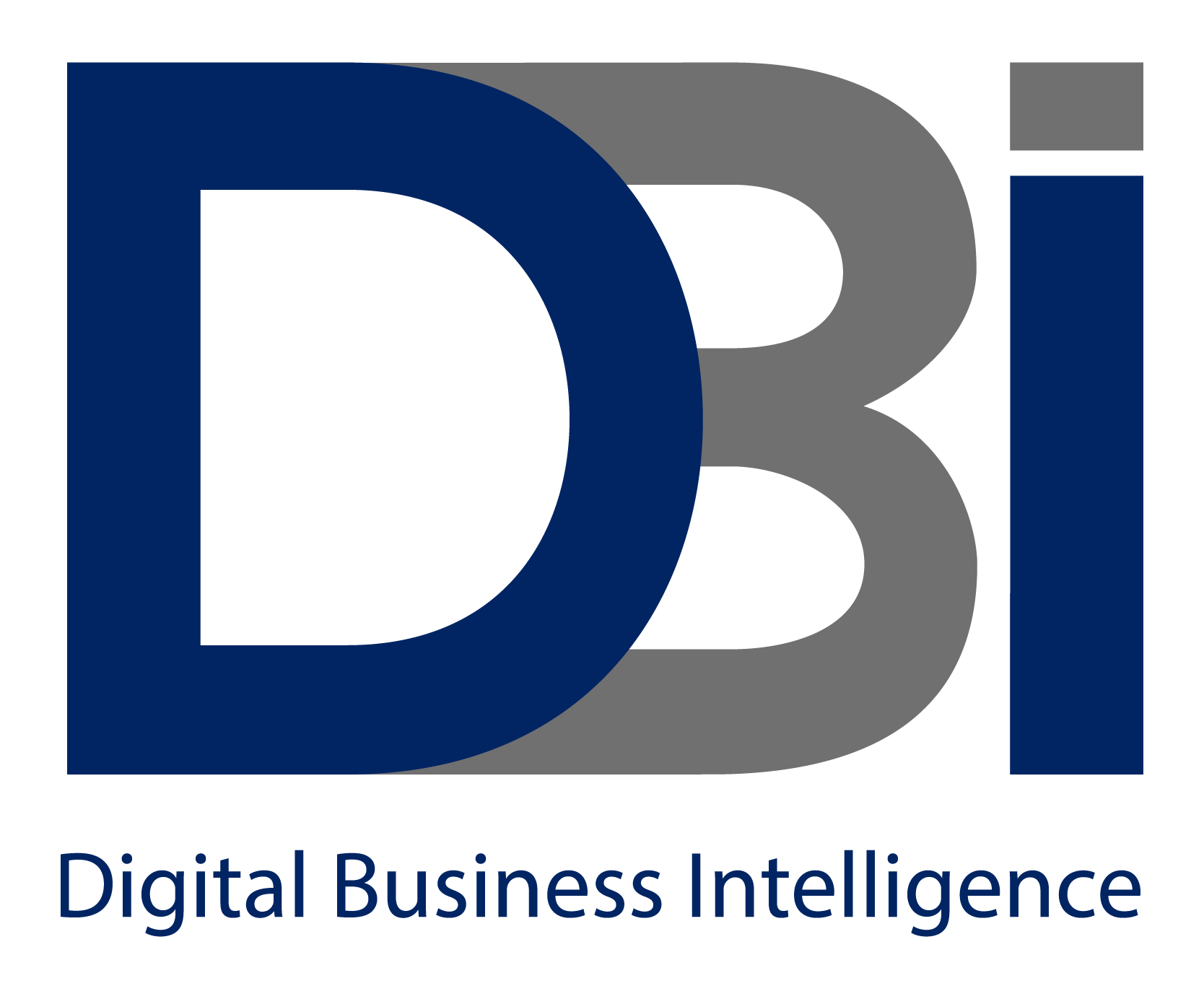Try not to alienate prospective site visitors. Utilize the Chrome UX Reports to make sure your site is performing at its best. For small business owners, measuring website performance success is a challenging undertaking. Applying the same method that is effective for assessing viability throughout a firm can be simple. Hard, quick numbers that are in black and white. Results. The real measure of a website’s performance is a multilayered investigation of RUM (Real User Measurements) in the context of the entire web. A thorough picture of the hard data may be obtained by looking at RUM metrics including performance, page load, and page visits. RUM data, however, is simply one component of a larger assessment of a website’s influence and success.
The Reality of User Experience (CrUX): The State of the Web As Performed By Actual Users
You must balance users’ experiences on your site within the context of user experience throughout the internet to be useful and give meaningful data. Businesses may better understand the success of their site and where certain indicators fall within a wide range of criteria by taking a step back. The Chrome UX Report steps into the mix at this point.
Making Web Performance Data Generally Available To the Public
The Chrome UX Report, first created by Google in 2017, is a publicly accessible collection of actual user metrics. It collects website performance information for Chrome users from millions of websites and is also known as the CrUX report. That data would be a priceless, albeit challenging to use, resource if it were just assembled. But when used with the appropriate software, the data is changed. When used properly, the CrUX Report turns a big collection of online performance data into a resource that is easy to understand and apply. We must take a step back to comprehend the data gathered in the CrUX Report and choose the best way to use it. Reviewing Chrome’s Core Web Vitals is now necessary.
Page experience and user experience are directly related to a website’s health.
Google is constantly looking for new, cutting-edge methods to provide people with a seamless, clear internet experience. Google’s effort in enabling website owners to maximize their sites is a crucial cornerstone of that endeavor. Everyone benefits when website owners properly offer user-friendly, useful web pages. But understanding the guidelines and expectations is essential if you want to succeed in any effort. Google unveiled a new set of measurements in May 2020 to assess how website performance affected user experience. Its Core Web Vitals were those. The objective was to remove arbitrary and insignificant features that were muddying the waters. To achieve this, Google reduced the user experience rating of a website to three key criteria:
- LCP (Largest Contentful Paint).
- FID (First Input Delay).
- CLS (Cumulative Layout Shift).
The foundation of Core Web Vitals is the significant part that the page experience plays in the overall user experience. Google’s definition of “page experience” Page experience, as used here, gauges how visitors feel about their interactions with certain web pages. LCP, FID, and CLS, the three components of Core Web Vitals, when combined, offer significant information. CWV findings as a whole paint a clear picture of a user’s page experience on a certain website. Their whole Google search engine user experience is ultimately determined by this page’s experience. It was declared permanent a year after the first announcement. With the permanent incorporation of Core Web Vitals into its algorithm, Google completed the integration of the new measures. Core Web Vitals focus on the responsiveness, visual stability, and speed of websites. It should be remembered that they are only a small component of the bigger picture. The Google search algorithm is always changing, which presents a challenge and necessitates awareness on the part of expert SEO operators. It was originally said that there were more than 200 ranking variables. Some are researched across the business and given a lot more weight nowadays. As Google changes in response to fresh data and user behavior, these elements are continually evolving. The ideal approach is to reevaluate the ranking variables every year.
Making Sense of Google’s search engine
The Google search algorithm has a clear base despite the layer of legend that has been applied to it over time. It is supported by the organization’s dedication to providing all users with a seamless and effective search experience. Google constantly tweaks its search algorithm throughout the year to best serve the needs of the present and future world population. The Google search algorithm is based on a long list of constantly changing variables. In response, the SEO industry has continually focused on the most important factors to pay attention to each year. Knowing where to put your priorities can help you develop a website that will rank as highly as possible. These may consist of, but are not restricted to.
- Core Web Vitals.
- High-Quality Content.
- Consistently Published.
- Featuring Depth, Freshness, and Accuracy.
- Follows E-A-T and YMYL Guidelines.
- On-page Optimization.
- User Engagement.
- Link Building & Domain Authority.
- Effective Keyword Strategy (Meta Title Tags).
- Mobile-Friendliness.
- Mobile Versions are given priority.
- Search intent
- Internal Links
- Video Search (including Clip Markup and Seek Markup).
- HTTP Site Security.
- Featured Snippets.
A Comprehensive Look at Key Web Vitals
It’s excellent to comprehend how page and user experience contribute to the metrics that make up CWV. A piece of thorough knowledge is essential for anyone looking to get the most out of the Chrome UX Report for their businesses. It’s critical to comprehend the functions of each CWV component.
LCP
The largest contentful paint gauges how quickly a page loads. When a user visits a URL, the LCP metric measures how long it takes to load the biggest piece of content (a video, an image, a text block, etc.). Google advises websites to keep LCP for 75% of their page loads under 2.5 seconds.
FID
The first input delay gauges how interactive a page is. More specifically, it is the interval of time between a user’s activity and the browser’s response. When a link, button, or other actionable element is clicked, the webpage changes from being static to being interactive at that specific time. For 75% of page loads, Google advises websites to maintain their FID under 100 milliseconds.
CLS
Every layout change that takes place on a site is measured by a cumulative layout shift. No shifting is used; it starts at zero and rises to a positive number (in correlation with the total amount of shifting). The presence of buttons, graphics that compel a text block to move, and dropdown banner adverts are examples of factors that cause shifting. A CLS score of 0.1 or less is the minimum that Google advises for web pages. One may argue that when reduced to a single fundamental principle, speed prevails. A website’s performance is crucial to the user experience and is carefully assessed and measured. The core of the SI (Speed Index) statistic is how rapidly a page’s visual information is shown. There is a very little window of time for information/content delivery speed and performance to influence users. A better user experience is rewarded by SI scores for sites that load the most material in the quickest time.








